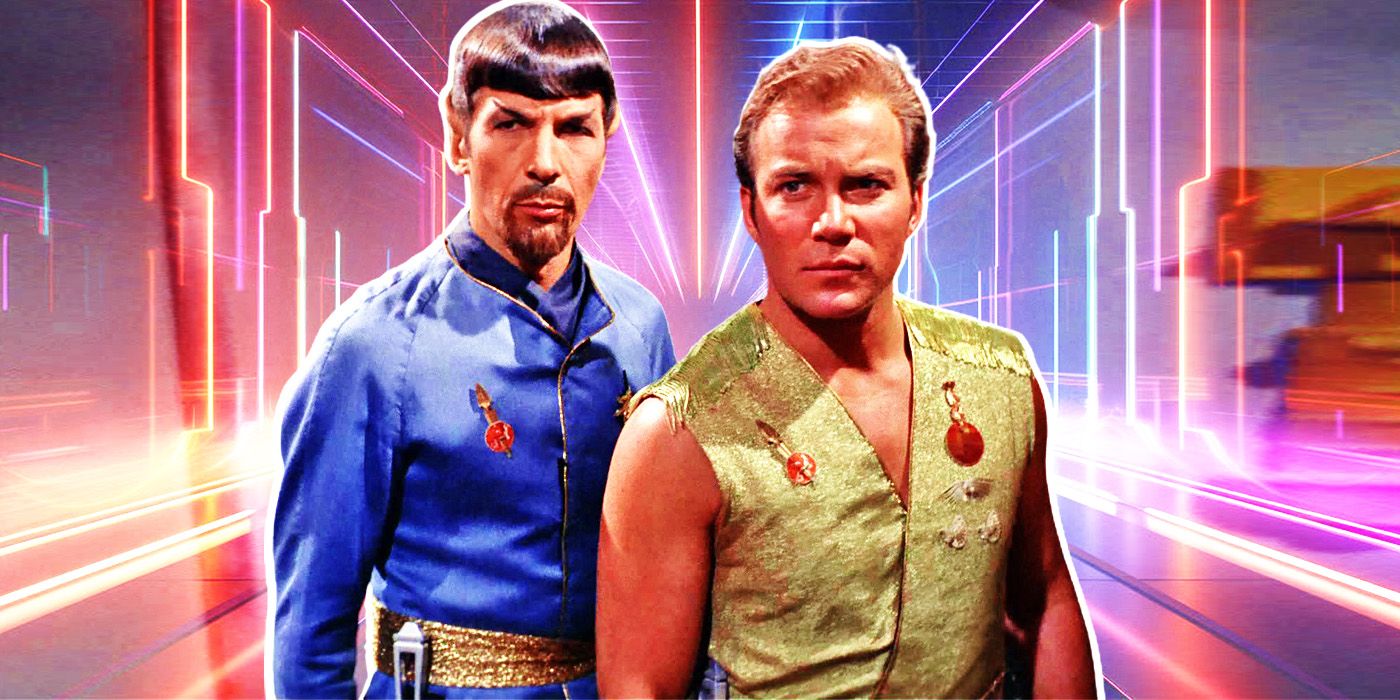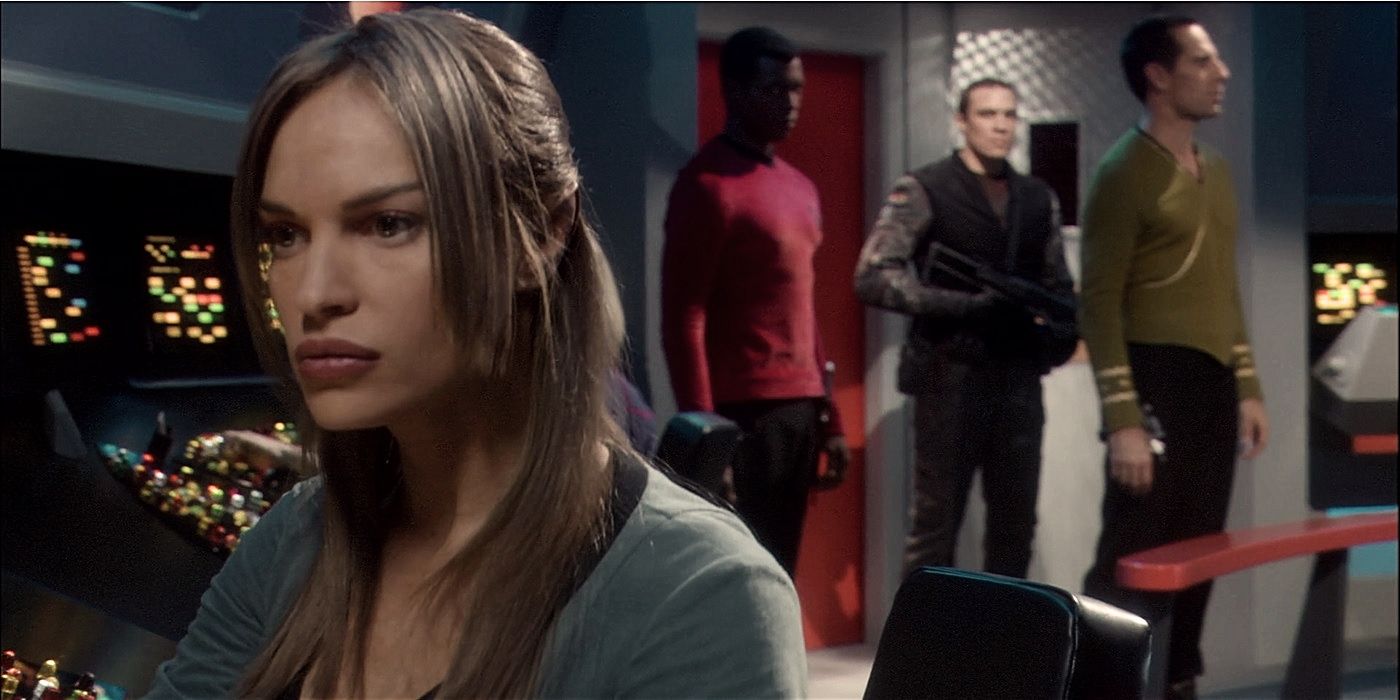Summary
- One of Star Trek's most intriguing concepts is the 'Mirror Universe' where everyone is an evil version of themselves.
- Four shows from The Original Series to Star Trek: Discovery visited this awful, parallel dimension in unique and interesting ways.
- Of the different appearances of the Mirror Universe, some shows depicted it better than others.
One of the most iconic concepts introduced in Star Trek is the so-called "Mirror Universe," a parallel dimension in which doubles of heroic characters exist but evil. Created by Jerome Bixby for Star Trek: The Original Series, the concept returned in future series and was a significant part of the relaunch of the universe in 2017's Discovery. Of all the different Star Trek shows set in the Mirror Universe, which show did it the best? There are strong contenders, especially since the universe is different each time they revisit it.
While multiverses may be all the rage right now in cinema, the idea wasn't all that common back in the late 1960s. Bixby had used the concept in a short story, and he saw it as a unique enough concept to repeat in a Star Trek episode. In the retrospective These are the Voyages: TOS Season Two by Cash Markman and Susan Osborn, Bixby revealed he made the ISS Enterprise, essentially, a pirate ship in space. Originally, the difference between the MIrror and Prime Universes was meant to be subtle, a slow reveal that Kirk, Uhura, McCoy and Scotty were in the wrong world. It was Gene Roddenberry and Dorothy Fontana who suggested making it more visually distinct. Since the concept was so new, audiences may not have understood what was going on unless it was glaringly obvious. The frenetic pace of Star Trek: The Original Series production meant the writers didn't worry too much about creating lore and backstory. They just wanted to tell great stories, approaching the show like an anthology. However, through its appearances in Deep Space Nine, Enterprise and Discovery, a mythology has arisen, expanded in novels and comic books. Yet, which iteration of the Star Trek Mirror Universe was the best?
Star Trek: The Original Series' Mirror, Mirror Is a Classic Episode
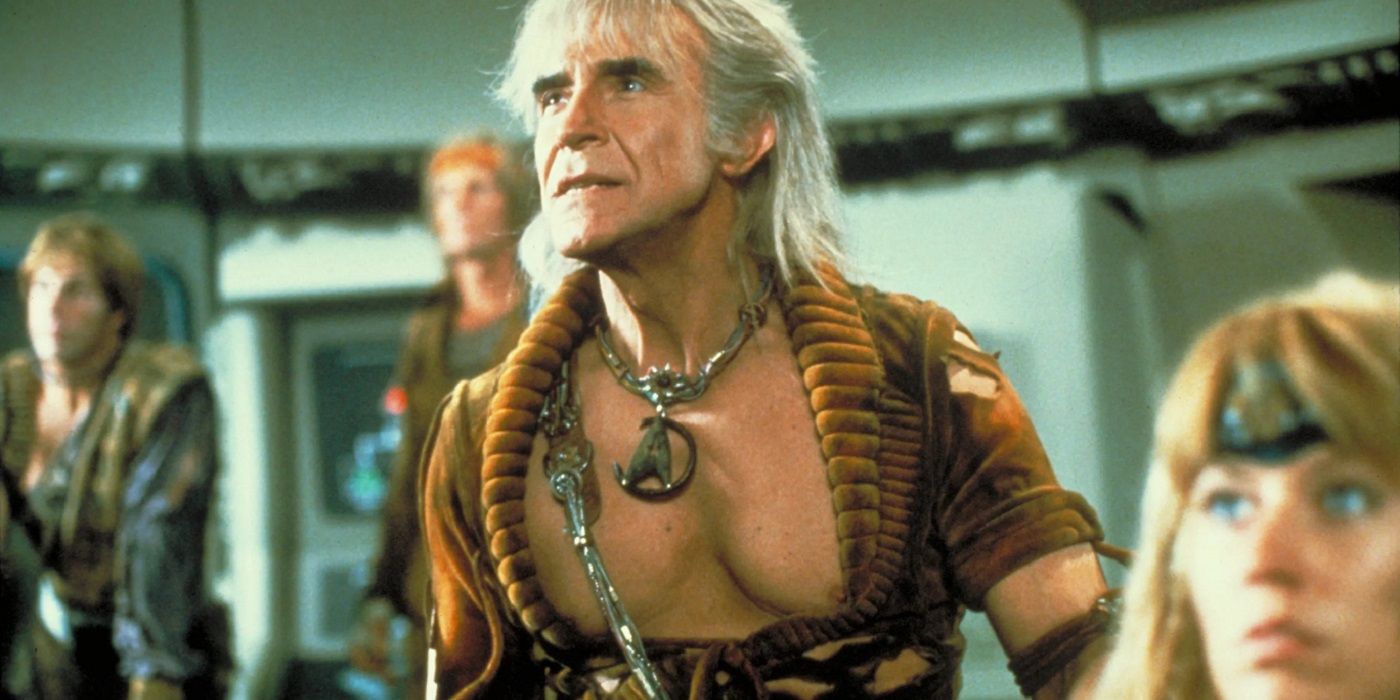
Who is Khan Noonien Singh from Star Trek?
Star Trek is a 60-year saga known for its gorgeous starships and equally gorgeous heroes but Khan Noonien Singh is the series' most important villain.From the moment Kirk and company step off the transporter pad to the fascistic Terran Empire salute, the Mirror Universe captured fans' imaginations. Instead of aliens or some other mysterious villain, the threat for the episode was versions of the regular crew twisted into evil caricatures of themselves. The episode establishes the parallel universe well, with the on-ship assassinations as a way to advance in rank. There's also the mysterious Tantalus field which Captain Kirk uses to eliminate his enemies.
This episode is iconic for many reasons. Despite Spock being the least villainous member of the Mirror Universe's Enterprise crew, his goatee became an early meme. "Evil" versions of characters in other stories, usually as a parody, would be seen with a goatee. This episode also introduced an element of serialization into Star Trek with references to past events, such as name-dropping Captain Pike.
The episode was nominated for a Hugo Award in 1968, and it spawned many sequels within the franchise. It's certainly the most important episode in Star Trek's Mirror Universe because it introduced the concept so well. It established how the parallel dimension worked and took root in the imaginations of fans for decades. It also recontextualizes the way Starfleet wields its power. Save for the Tantalus Field, most of the technology in the Mirror Universe could exist in the Prime Universe. It shows just how peaceful the Prime Universe is, despite Kirk and company always getting into scrapes and ship battles.
Deep Space Nine Created a Full Mirror Universe Saga Based on One Line
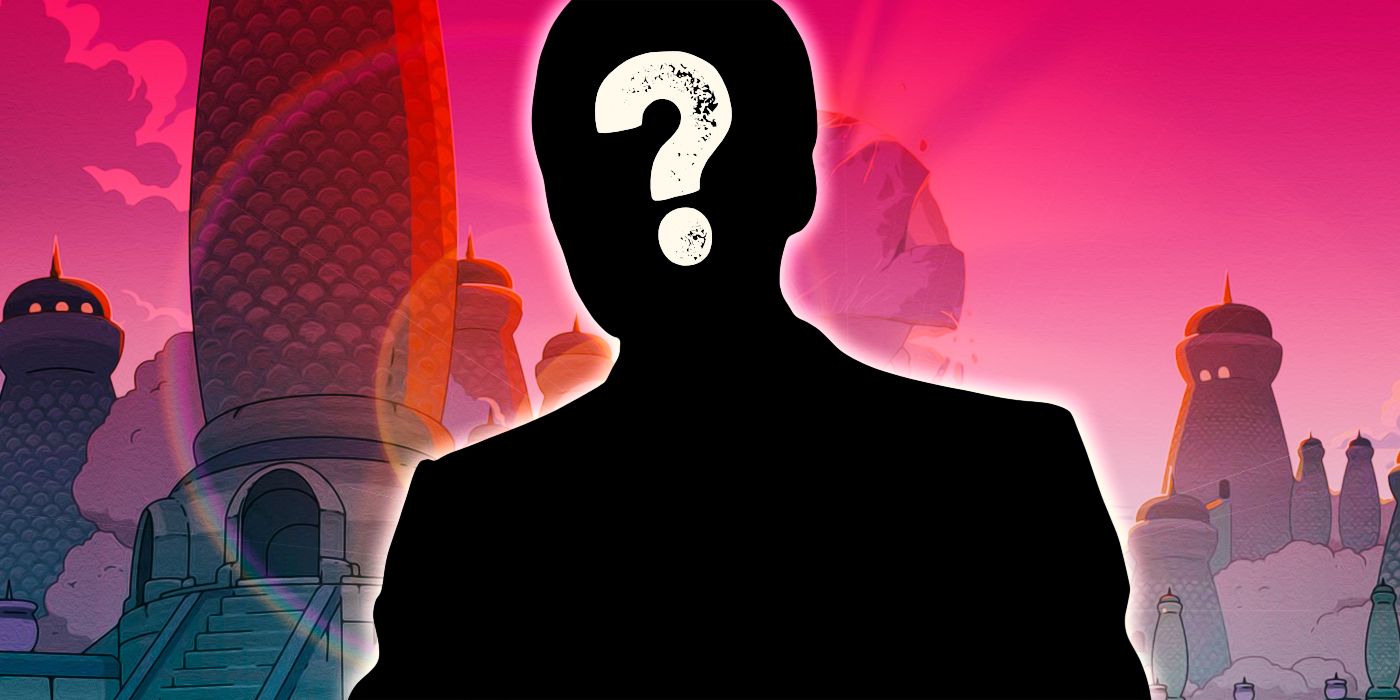
Lower Decks Can Do Its Own Musical Episode with DS9's Weirdest Character
Star Trek: Lower Decks could repeat Strange New World's musical episode success using a certain holographic Vegas lounge singer from Deep Space Nine.The late Michael Piller brought back the Mirror Universe in Deep Space Nine, the series he co-created with Rick Berman. He'd been pitched sequels to this story throughout his run on The Next Generation, but none of them interested him. "But I couldn't get away from the fact that it would be interesting to know what happened after "Mirror, Mirror" finished," he said in Captains' Logs Supplemental - The Unauthorized Guide to the New Trek Voyages by Edward Gross and Mark A. Altman.
It was future DS9 showrunner who suggested that Kirk may have "actually screwed things up" with his advice to Spock about one man changing the universe. Spock took over the Terran Empire, initiated reforms, which led to the equally evil Klingon-Cardassian Alliance. Bajorans like Kira Nerys served their interests while DS9's Terran characters became the oppressed minority. This premise fit the series which often examined the lingering fallout of war and oppression.
Unlike the Bajorans in the Prime Universe, however, Terran oppression justified their evil authoritarian replacement in the Alpha Quadrant. Deep Space Nine would return to the Mirror Universe many times through its seven-year run. It is definitely the most developed story arc in Star Trek's Mirror Universe, taking the one-episode premise and creating a saga. However, since the Klingons and Cardassians were antagonistic in the Prime Universe, it didn't have the same impact as the Terran Empire stories in other iterations.
Star Trek: Enterprise Brought Mirror Universe Back in a Big Way
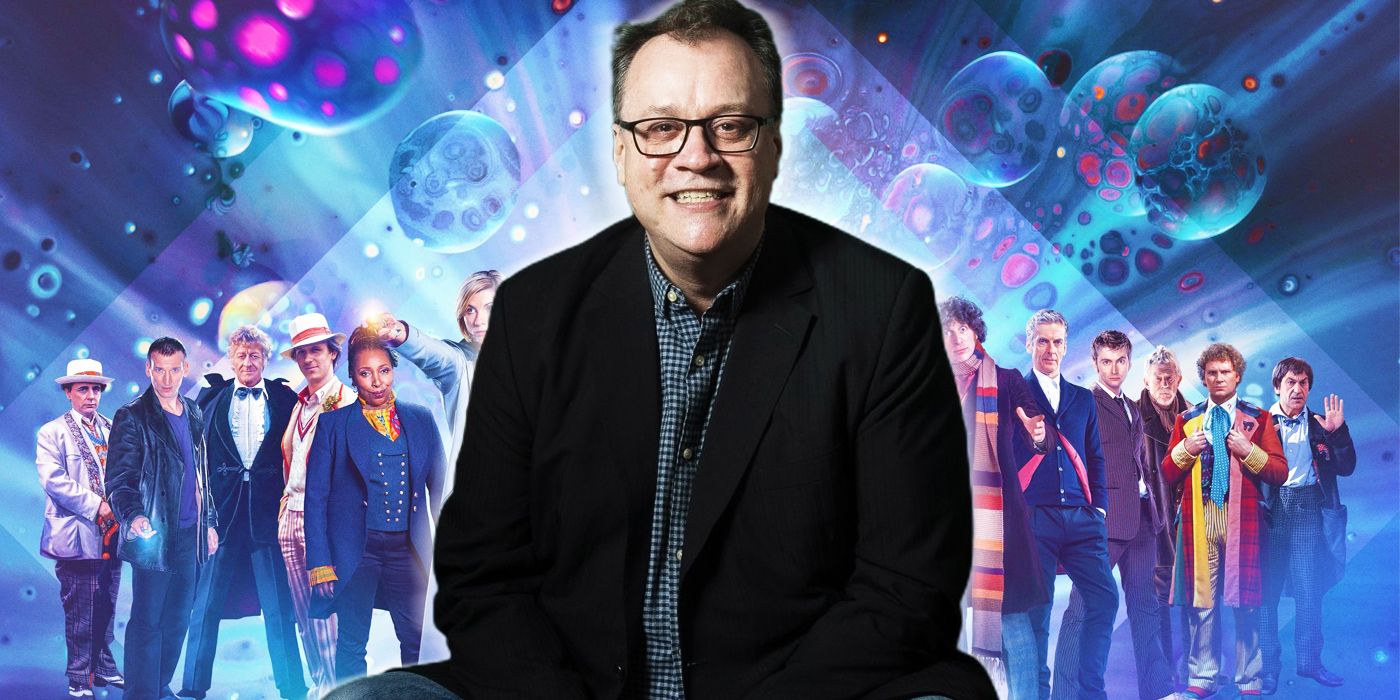
Can Russell T Davies Finally Make a Star Trek and Doctor Who Crossover?
Russell T Davies wanted the Doctor to meet the crew of the Enterprise. Now that he's back on Doctor Who, a Star Trek crossover can probably happen.Originally, Enterprise wanted to return to Star Trek's mirror universe as a way to bring William Shatner into the show. It would've been revealed the Tantalus Field sent its victims across dimensions and back in time. When Paramount refused to pay Shatner's quote, the episode was reimagined as a two-part adventure taking place fully in the Mirror Universe. The USS Defiant, from The Original Series' Season 3 episode "The Tholian Web," is revealed to have crossed into the Mirror Universe. The evil crew of the NX-01 Enterprise captures the ship and takes over the Terran Empire, though Archer is killed, leaving Hoshi as the Emperor.
What makes this episode unique among its fellow stories is that it marks the first time in the franchise no Prime Universe regular characters appear. (Voyager's own Mirror Universe-style episode, "Living Witness," doesn't feature any regular characters except the Holographic Doctor.) The episode is a celebration of the Star Trek: TOS aesthetic and a chance to see the regular actors playing cartoonishly villainous versions of their characters.
In a recent interview on The Shuttlepod Show, Trip Tucker actor Connor Trineer blamed episode director James L. Conway for his "pirate" accent and characterization. While it may seem strange to say about a world full of oppression and murder, "In a Mirror Darkly" is the most fun Star Trek Mirror Universe episode. It's almost a soap opera with its surprise deaths and shocking betrayals. Enterprise was a very serious show in its final seasons, and "In a Mirror Darkly" was an excuse for the producers and actors to cut loose. However, it doesn't truly take the concept seriously, at least not as much as Discovery did.

